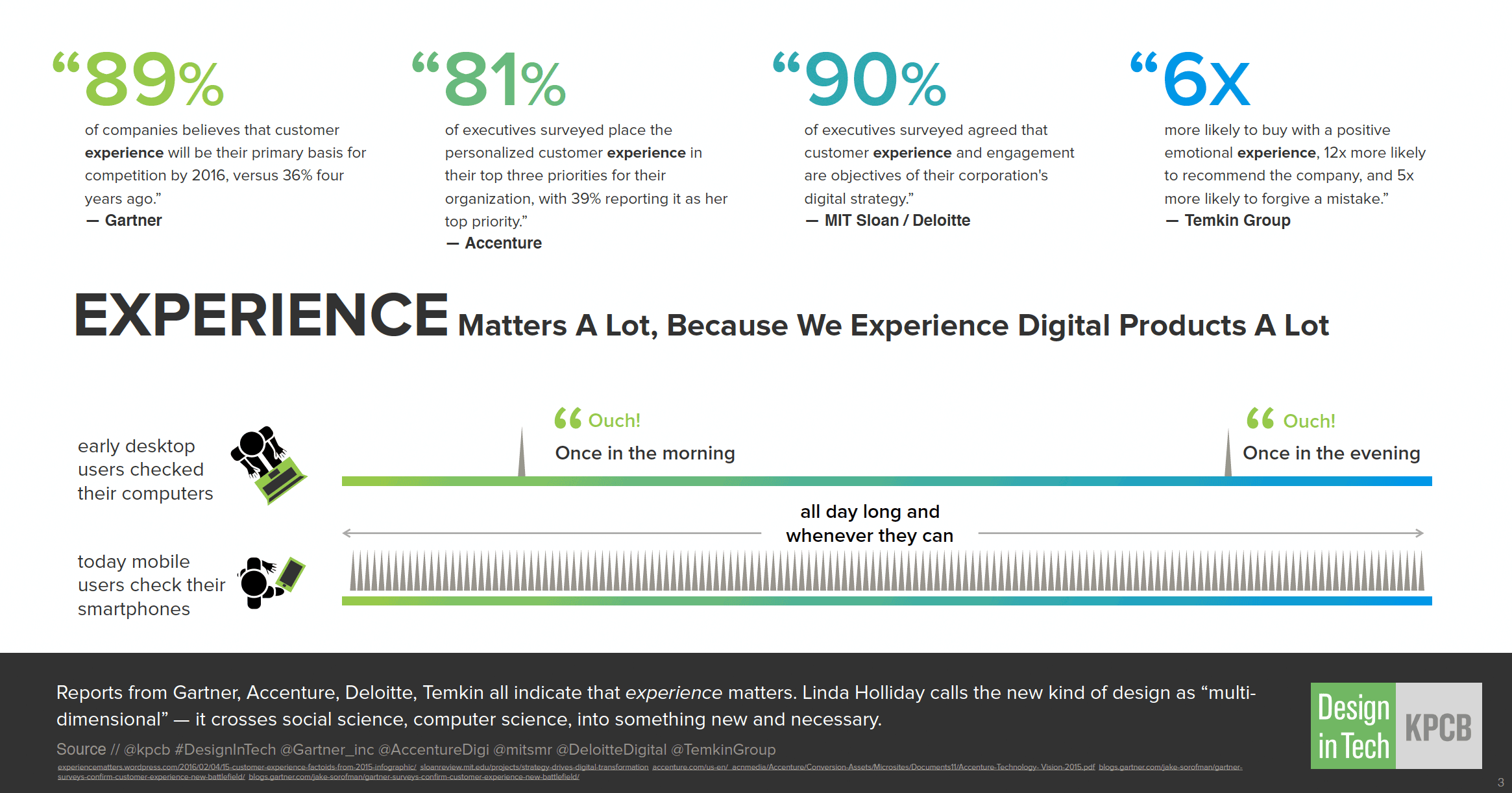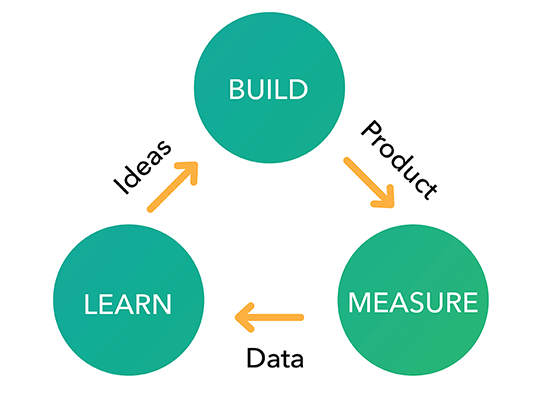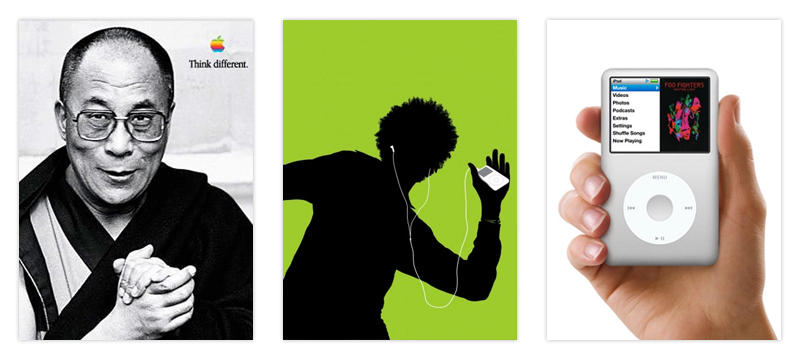User Experience is a means to drive product innovation and differentiation. When implemented successfully, UX contributes to a number of critical business key performance indicators including customer engagement, retention, and loyalty.
Over the last two decades, most of the fortune 500 companies have come to the realisation that UX is an integral part of their business success. In his 2016 Design In Tech report, John Maeda suggests:
A good User Experience matters a lot, because we experience digital products a lot
Furthermore, the report (illustration below) uncovers that:
- 89% of companies believe that customer experience will be their primary basis for competition —Gartner
- 81% of executives surveyed place the personalised experience in their top three priorities for their organisation — Accenture
- 90% of executives surveyed agreed that customer experience and engagement are objectives of their corporation’s digital strategy — MIT Sloan/Deloitte
- Customers are 6 times more likely to buy with a positive emotional experience, 12 times more likely to recommend the company, and 5 times more likely to forgive a mistake — Temkin Group

UX improves the overall customer experience
UX is a critical part of CX. Although UX is integrated within business units such as Marketing or IT in most organisations — it is highly responsible for, and can have a massive impact on how users engage and interact with the products they sell.
Xero (accounting software) is a great example of how an accounting software can be delightful to use. Xero started with their users in mind and crafted an experience which takes away the boredom of accounting online. In a recent start-up meeting, Philip Fierlinger — Head of Design at Xero said:
Xero is a UI company and beautiful accounting software applies to the entire experience — things happen exactly how you hoped they would. Design is center, the start of everything we do. Design must pervade every part of our culture.
UX harbours and promotes innovation
The backbone of User experience design is — collaboration. The aim is to get everybody involved in a common place; get them to brainstorm, ideate, sketch, estimate effort and propose solutions collectively. And once a solution is reached, it is rapidly prototyped in low-fidelity and tested to assess the viability before investing more time and resources.
This kind of a Build-Measure-Learn process helps in coming up with heaps of solutions in a short amount of time which not only saves a lot of money but also harbours innovation.

UX delivers real value to users
User Experiences dives deep into understanding users by asking them the right questions, discovering their pain points and observing their behaviour. UX activities such as Personas, Journey Maps, Ethnographic Studies, One-on-one Interviews and Qualitative Research gives us a direct insight into how people use (our) products and services.
This kind of data is not only useful in understanding what people desire, it also helps us in crafting products that deliver real value.
Aaron Walter — Head of Design at MailChimp is renowned for his work on Emotional Design elements of user experience. He says:
Designing software that’s just usable is like a chef creating food that’s just edible. People are attracted to more than just the practical. We want the things we interact with to appeal to our emotions.
UX directly contributes to business success
In the growing world of technology, the first measure of business success is how well your digital landscape is laid out. Even before a customer thinks of buying your product, he goes through a round of reading online reviews, checking your website, trying Apps and assessing your brand’s social media presence.
This is a time where we have to be constantly paying attention to our digital UX strategy since it has a direct impact on our business revenue. My wife doesn’t even want to try a product if she has heard a few negative comments about it; whether it be word-of-mouth or online.

A classic example I can always relate to is of Apple Inc. and how their brilliant UX campaigns for iPod andiPhone contributed to the overall company success.
Conclusion
User Experience is a vital part of your business success and a key market differentiator. It is about creating products and services that are useful, usable, and delightful.
A user will always have an experience whether you design for it or not. A negative user experience can cost you sales, retention, loyalty, market share, and brand value.
